What sets Ebikes apart from traditional bikes is the motor. An Ebike’s motor is responsible for powering the bike’s pedal assist system (PAS), which helps propel the bike forward while you’re pedaling.
Different bikes have different levels of pedal assist, varying the amount of pedaling support they can give you. Some bikes also have a throttle assist function, which powers the bike forward even when you aren’t pedaling.
But just how do these cutting-edge features work? Below, we give you the technical details on how pedal assist and throttle assist operate and elaborate on the differences between the two.
Contents
What is pedal assist (pedelec) on an Ebike?
Aside from having a hub motor or mid-drive motor, the No. 1 feature that sets an electric bike apart from a regular bike is pedal assist. Pedal assist is a feature on Ebikes that provides motorized support only when you're pedaling. It senses your pedaling motion and boosts your effort, making riding easier, especially uphill or over long distances. This type of bike is also called a pedelec (short for pedal electric cycle).

Unlike a regular bike, where all power comes from your legs, pedal assist adds an electric push. It’s different from a throttle system, where the motor can work even if you're not pedaling at all.
Two types of pedal assist systems and how they work
Pedal assist is controlled via a sensor, which is built into the bike motor’s drivetrain. The sensor monitors how much pedal power you’re providing and signals to the motor how much help to give you based on your chosen pedal assist system level.
The two types of pedal assist sensors are cadence sensors and torque sensors. We’ll go over the differences next.
1. Cadence sensors
Cadence sensors are the most basic sensor system for a pedal assist bike. A cadence sensor uses magnets installed next to the pedals to determine when you’re pedaling. If the sensor detects that you’re pedaling, it activates the PAS. They are usually located near the crank and track the rotation of the pedals. They don’t measure force, just movement. Once pedaling is detected, the controller, the “brain” of the Ebike, activates the motor based on preset assist levels.

Ebikes with cadence sensors are fairly common and affordable. Also, they work well with both hub motors, which drive the wheel directly, and mid-drive motors, which assist through the drivetrain, offering better hill-climbing performance. However, they’re also less refined than other options. You may experience a jerkier bike ride, and the motor is more likely to cut out occasionally.
2. Torque sensors
Torque sensors are typically built into the bottom bracket, rear dropout, or crankset. They measure how hard you're pedaling (torque) and how fast you're pedaling (cadence). This data is sent to the ebike’s controller, which uses it to decide how much motor power to apply and when to apply it. The more force you use, the more assist you get—creating a natural, responsive ride.

Torque sensors function in two ways. Rear torque sensors rely on a precision strain gauge, which moves every time you push down on the pedal, signaling to the motor how much pressure you’re applying.
Bottom bracket sensors rely on a magnet. Metal shafts between the bike’s cranks — the metal arms connected to the pedals — have a magnetic field. The bottom bracket sensor tracks the magnetic field of the cranks as they move, converting it to a voltage signal and communicating that voltage signal to the motor.
Torque sensors are more complex than cadence sensors. They offer a smoother ride, which makes them preferable. That said, bikes with torque sensors are also more expensive.
3. SensorSwap (Torque and Cadence sensor)
Traditional Ebikes typically rely on only one type of sensor, each with its own strengths and weaknesses. Cadence sensors are ideal for relaxed riding—once the pedals start turning, the motor provides a fixed level of assistance. Torque sensors, on the other hand, adjust power based on how hard you pedal, offering a more natural and intuitive riding feel, especially useful when you need precise control.
Now, some Ebikes have introduced SensorSwap technology, allowing riders to switch freely between the two modes depending on their needs. For example, you can use cadence mode for effortless flat-ground commuting, then switch to torque mode when climbing hills or when you want more responsive, refined assistance.
Up next, we’ll recommend several Ebikes with SensorSwap designed for different riding scenarios.
Velotric Discover 2: The smarter commuter Ebike
Choosing the right commuter Ebike isn’t just about power or range—it’s about finding a bike that adapts to you. That’s exactly what the Velotric Discover 2 delivers.
It's equipped with SensorSwap™ dual-sensor system that lets you switch between torque sensing and cadence sensing with a single tap. You can essentially get two riding personalities in one bike.

The Velotric Discover 2 also offers a refined Pedal Assist system with 3 ride modes and 5 assistance levels each, giving you 15 total combinations to fine-tune your ride. Whether you want maximum efficiency for long commutes, a balanced everyday mode, or a powerful boost for hills, this flexible PAS system ensures your ride always feels just right.
Learn more about Velotric Discover 2
Pedal assist vs. throttle on an Ebike
Some Ebikes have only pedal assist, while others have both pedal assist and throttle assist. So, what’s the difference? Here’s what to expect in pedal assist versus throttle assist Ebikes.
Pedal assist Ebikes
With a pedal assisted Ebike, the motor kicks in and helps only when the cyclist is pedaling. The basic characteristics of pedal-assisted Ebikes include:
- Multiple assist levels. Pedal assist can vary from offering very minimal to maximum support. Although it's easier to cycle with max support, it also drains the battery faster.
- Sensor-controlled variation. Either a cadence sensor or torque sensor is used to control the PAS. Torque sensorEbikes are usually smoother to ride but more expensive.
- More flexibility. Pedal-assisted Ebikes don't face the same harsh restrictions as throttle-assisted Ebikes. Some jurisdictions don't allow throttle assisted Ebikes in normal bike lanes, for example.
Throttle Ebikes
With a throttle Ebike, the motor kicks in and propels the bike forward even when the cyclist isn’t pedaling. Here are some key features of a throttle function:
- On/off function. Most Ebikes have some kind of switch or lever on the handlebars to engage the throttle function. The rider can simply switch the throttle assist on or off.
- Self-controlled variation. With throttle assist, riders can set how fast they want to go. For example, you can accelerate or decelerate using a thumb-controlled throttle at the handlebars.
- More legal restrictions. Ebikes with throttle assist generally face more legal restrictions, such as where you’re allowed to ride. For instance, a throttle assisted Ebike may not be permitted on normal bike paths.
Ebikes with both pedal assist and throttle
Class 1, class 2, and class 3 Ebikes all have pedal assist. Class 1 Ebikes, also called pedelecs, never have throttle assist; to engage the Ebike motor, you always have to be pedaling. Higher classes of Ebikes may also have throttle assist.
It’s up to you whether you want an Ebike with pedal assist alone or one with with pedal assist and throttle assist. Each class has its pros and cons. Velotric’s class 2 Ebikes come with a five-level PAS and throttle assist, giving you the best of both worlds.
Pedal assist levels explained
Most Ebikes have different levels of pedal assist. If you choose a lower level of pedal assist, you do more of the brunt work yourself. If you opt for a higher level of pedal assist, the motor does more of the work for you.
Here’s what you can expect from a standard five-level PAS:
- Level 1. Expect little assistance. This is ideal for conserving battery power. You likely won't exceed top speeds of about 10 mph.
- Level 2. Expect light assistance, which can be helpful for maintaining the pace in urban areas. Again, don't expect top speeds beyond 10 mph.
- Level 3. Expect a noticeable level of assistance, enough to help with slight inclines. You might find yourself going at speeds of up to 15 mph.
- Level 4. The pedal assist will be obvious at this point. It will feel like the bike is almost pedaling itself (although it's not — that's what throttle mode is for). You may reach speeds of up to 20 mph, depending on the motor power.
- Level 5. This is the most amount of assistance you can get from your motor. Most bike motors cut out at speeds of 20 mph when the PAS is engaged at this level, although some may go as fast as 28 mph.
While a high level of pedal assist can make for a less strenuous cycling experience, beware: This will place more strain on the motor, wearing out Ebike batteries faster. As a result, your bike’s range (how far it can go on a single charge) will decrease.
Other factors that can reduce your Ebike range include a heavier load and a more aggressive riding style (like going uphill). For example, the Velotric Nomad 1 Ebike has a range of 55 miles, while the Discover 1 has a range of 65 miles. The fat tire Nomad 1 is a heavier Ebike, hence the shorter range. However, this is due to its greater power that lets you take on tougher terrain.
Is pedal assist or throttle better for an Ebike?
So, what’s the best electric bike: one with a PAS, or one with throttle assist? Pedal assist and throttle assist each have their pros and cons. With pedal assist, you’ll still be able to get some exercise and help power the bike forward — but you may get tired out faster. With throttle assist, you can relax more — but you’ll drain the battery faster.
Velotric’s Ebikes feature both a five-level PAS and throttle assist. You can switch between functions depending on your needs. For example, engage the PAS at a high level for climbing a steep hill, then cruise with throttle assist on a flat surface.
Velotric Ebikes feature throttle and pedal assist for the ultimate ride
If you want an Ebike that gives you the freedom to choose between pedal assist or throttle assist, Velotric has you covered.
The Discover 1 is a great commuter bike, perfect for city riding. Want to explore the great outdoors? Try the Nomad 1. This fat tire Ebike is ideal for cyclists who want to go off-road (on unpaved bike paths, for example). Both bike models have five pedal assist modes and throttle assist.























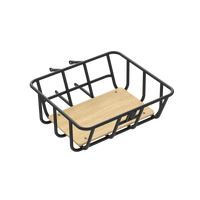
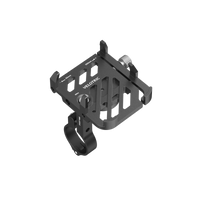
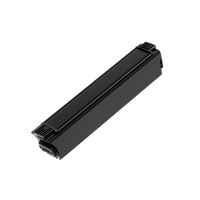
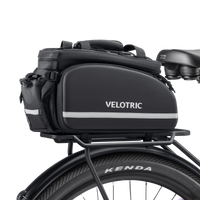

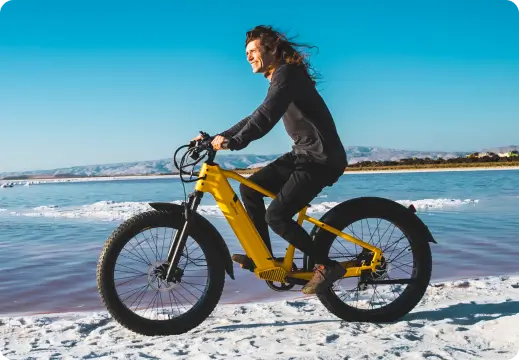




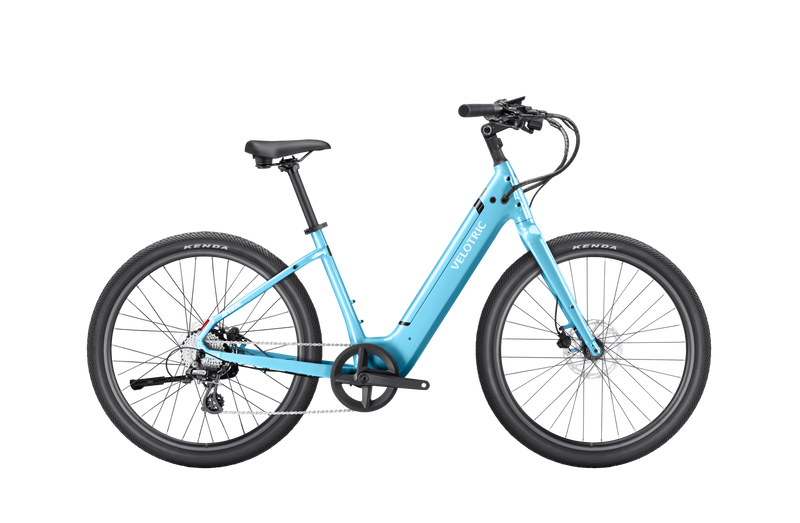
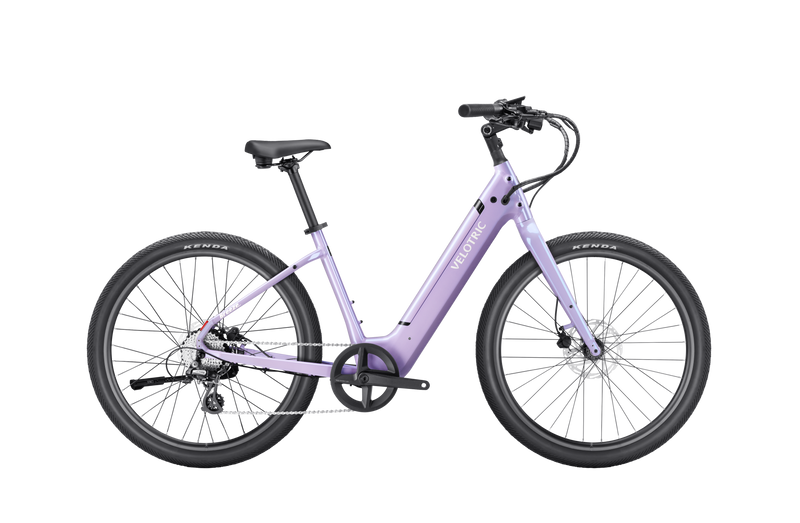
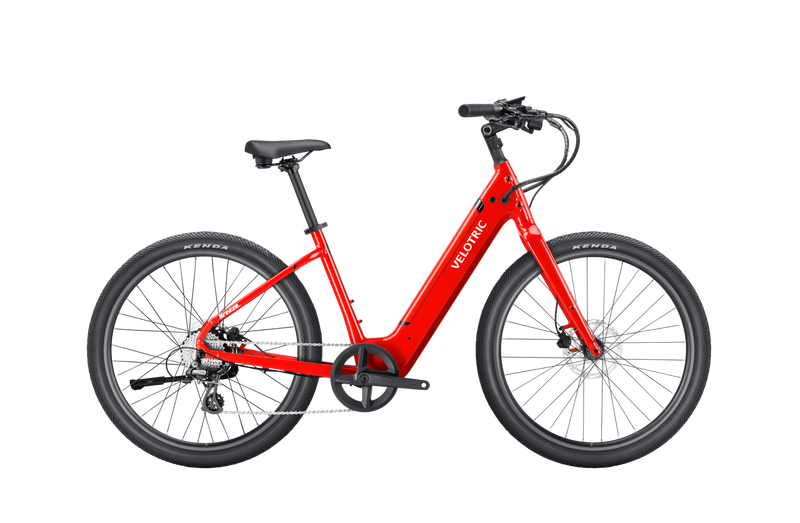
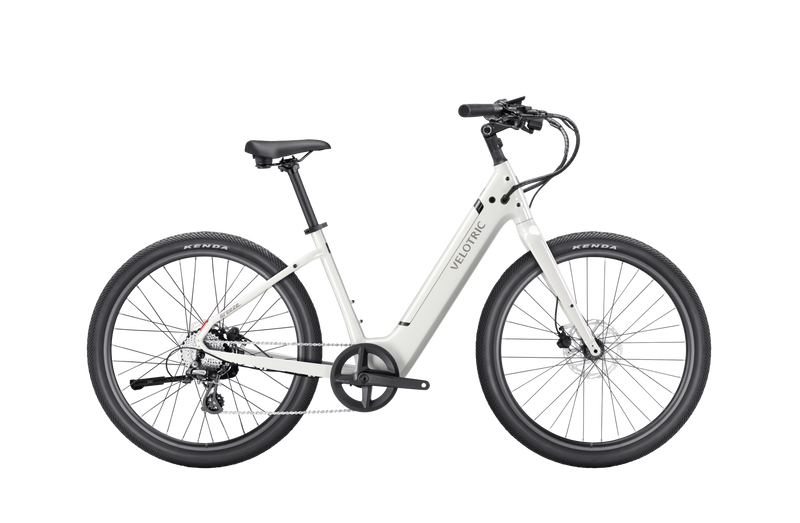
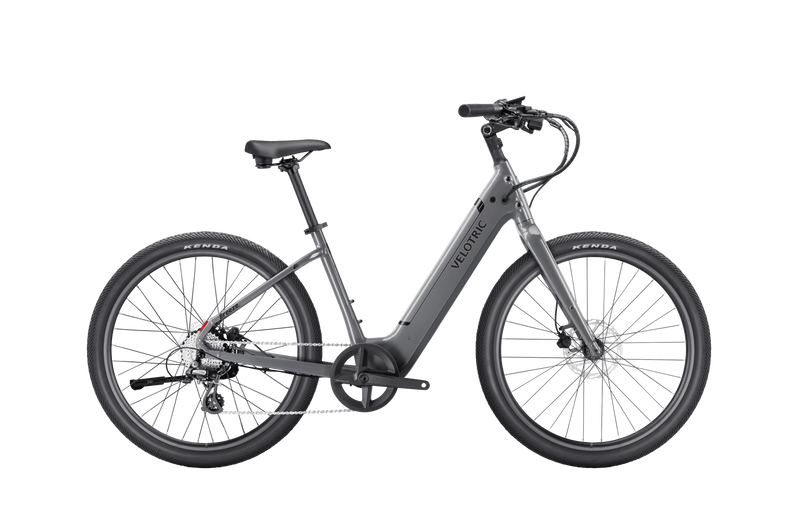
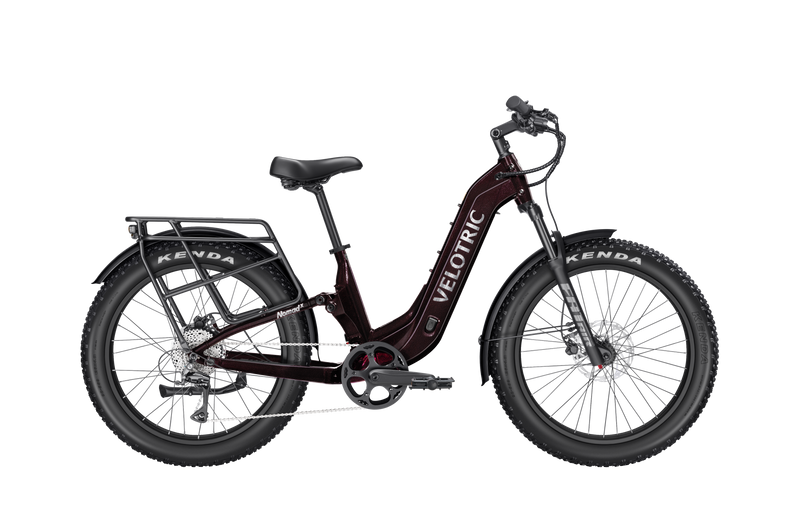
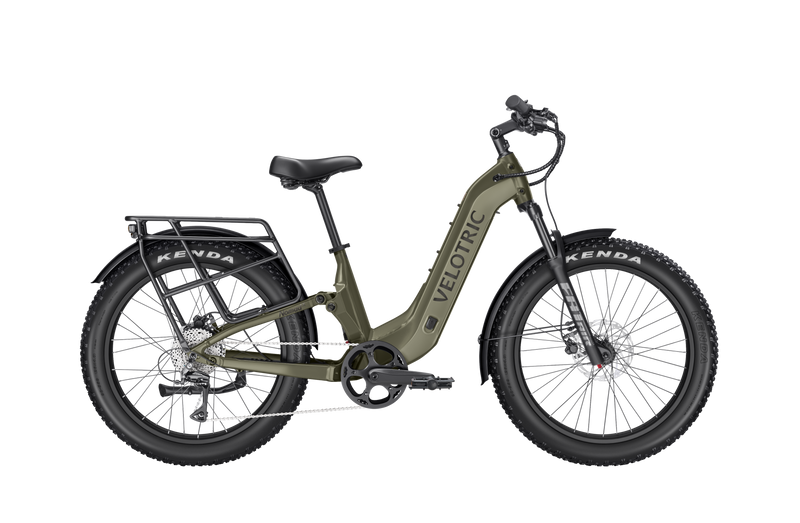
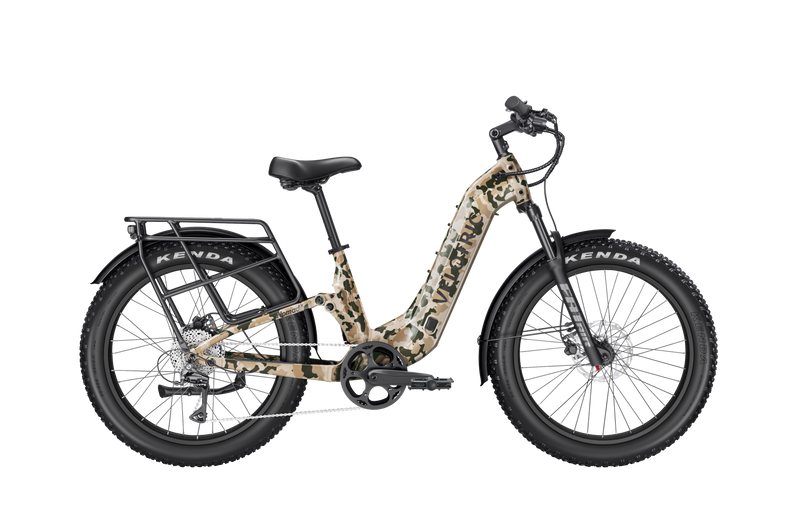
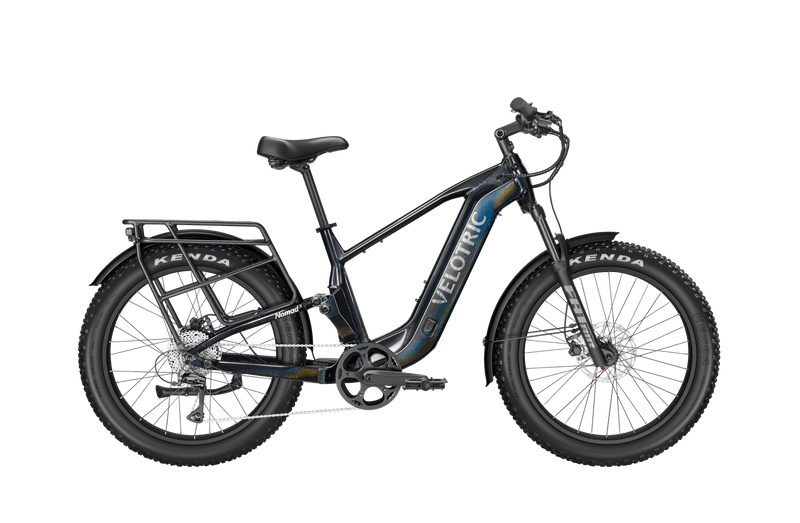
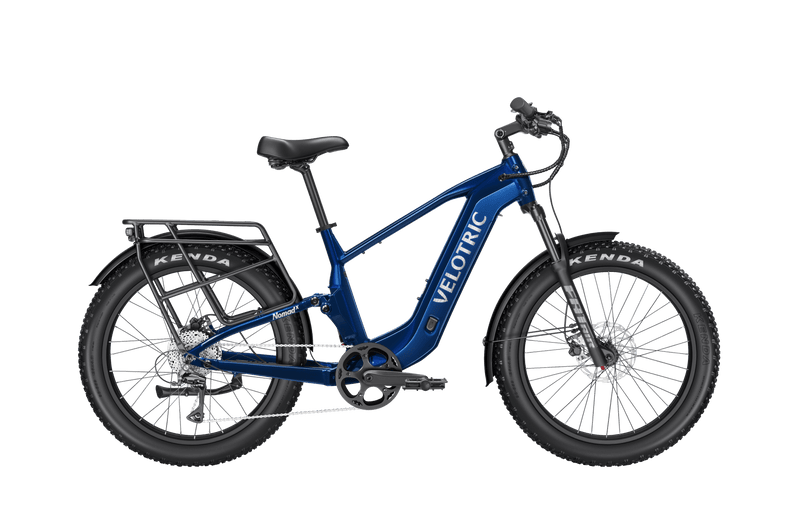
1 comment
Very helpful!
Thanks